Explore Places of Interest in Mumbai
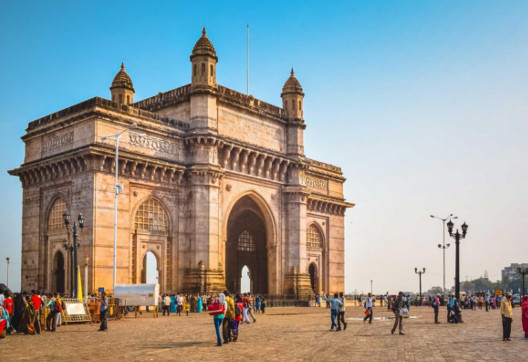
The Indian gateway is one of the monuments that are located in Mumbai and this city was initially known as Bombay, India. This Gateway of India is situated at Apollo waterfront Bunder Area in the southern Mumbai. This gateway is one of the basalt arches and is located 26 meters high. This is one of the monuments that were used as the crude jetty through the fisher folks and then it was renovated. British governors used this place as the landing place and it was occupied by the distinguished passengers as well. There was an era, when this monument was seen by all those people that used to arrive through the help of boat and they would be witnessing the Bombay city.
This is one of the monuments that are having the combination of Muslim as well as Hindu Architectural style and the arch has been made in style of Muslim and decorations have been done in the Hindu style. This monument has been built through the yellow basalt as well as reinforced concrete. The central dome of this monument is approximately 49 feet and that is 15 meters in the diameter range and it is also 85 feet that is 26 meters above the ground and that is located on its highest point. The harbor has been realigned and the planning of esplanade has been made through which sweeping can be done from the down stage. It is one of the main reasons due to which Gateway of India will be standing on its angle and the roads will be leading towards it.
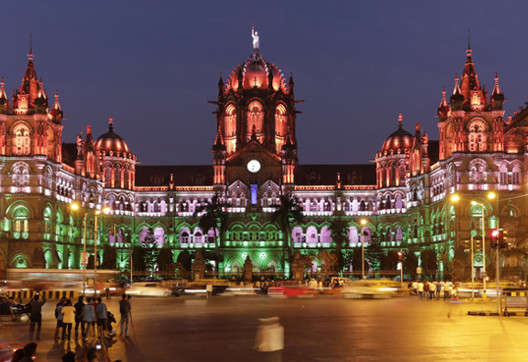
Chhatrapati Shivaji Terminus in Mumbai, formerly known as Victoria Terminus, is a historic railway station connecting the city through the Mumbai suburban railway as well as connecting India through long distance trains. As the headquarters of the Central Railway, India, Chhatrapati Shivaji Terminus is also one of the best railway stations in India.
CSMT has a total of 18 platforms—seven platforms are for suburban trains and eleven platforms (Platform 8 to Platform 18) are for inter city trains. The station stands as an example of 19th century railway architectural marvels for its advanced structural and technical solutions. It is one of the first and finest products of the use of industrial technology, merged with the Gothic Revival style in India.
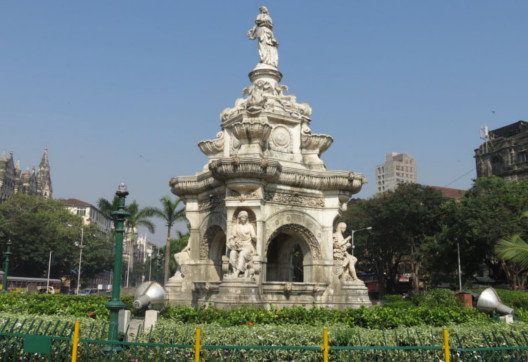
Flora fountain is a beautifully adorned stone fountain which is located in the Fort area in South Mumbai. It is situated in one of the most congested areas of the Mumbai city. Surrounded by huge and impressive colonial buildings on all the sides, Flora Fountain has a magnificent statue of Flora - the Roman Goddess of Flowers, on top.
The Flora Fountain, surrounded by the British Victorian era heritage buildings, is very much part of the chowk and has been declared a heritage structure and it continues to charm visitors with its beauty and with its spray of water. It sits admirably well alongside the Hutatma statue which adorns the chowk.
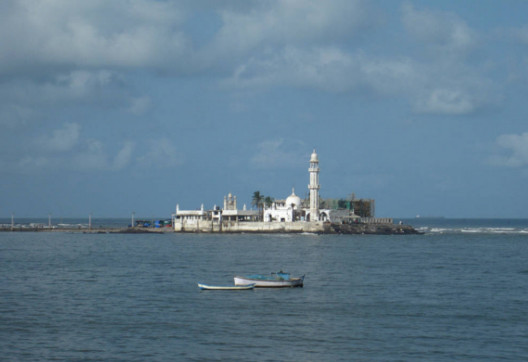
Haji Ali Dargah is one of the most popular religious places in Mumbai, visited by people of all religions alike. Haji Ali Dargah is one of India's most famous and prestigious landmarks situated about 500 yards from the Mumbai shoreline in the middle of the Arabian Sea off Lala Lajpatrai Marg. The structure was erected on a set of high rising rocks and was given its present day shape in the early 19th century after the Trust was legally formed as an entity in 1916. Haji Ali Dargah is the complex housing the tomb of the Muslim Saint Pir Haji Ali Shah Bukhari (R.A.). Along with the tomb, there is also a Masjid at Haji Ali. This monument has been sentinel to the shores of Mumbai since a long time.
The structure has white domes and minarets reminiscent with the Mughal architecture of the period. The Dargah is a renowned pilgrimage site among the Muslims. Non-Muslims are also allowed to visit the Dargah. The white-coloured structure attracts visitors in large numbers. About 10 - 15 thousand people visit the Dargah daily. The number of visitors increases to 20 - 30 thousand, on Thursdays, Fridays and Sundays. Lakhs of devotees visit the Dargah on the second day of Ramadhan Eid and Bakri Eid (Eid-ul-Uzha), and during which the pathway leading to the Dargah Complex looks like a Sea of Humanity.
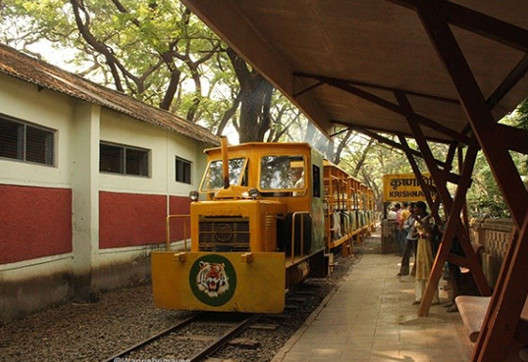
The Sanjay Gandhi National Park area has a long history dating back to the 4th century BC. In ancient India, Sopoara and Kalyan were two ports in the vicinity that traded with ancient civilizations such as Greece and Mesopotamia. The 45 km (28 mi) land route between these two ports was partially through this forest. The Kanheri Caves in the center of the park were an important Buddhist learning center and pilgrimage site sculpted by Buddhist monks between 9th and 1st centuries BCE. They were chiseled out of a massive basaltic rock outcropping.
The park was named 'Krishnagiri National Park' in the pre-independence era. At that time the area of the park was only 20.26 sq. km (7.82 sq mi). In 1969, the park was expanded to its present size by acquiring various reserve forest properties adjoining the park. After this, an independent unit of the Forest Department called 'Borivali National Park Sub-division' administered the area. Krishnagiri National Park was created in 1974 and later renamed as 'Borivali National Park'. In 1981, it was re-dedicated as 'Sanjay Gandhi National Park' in memory of Sanjay Gandhi, the son of ex-Prime Minister of India Indira Gandhi.
